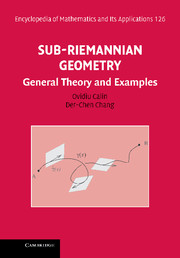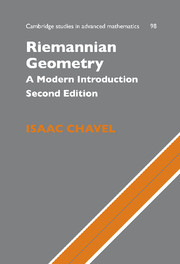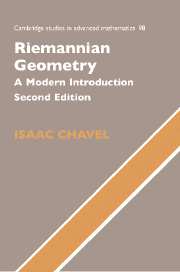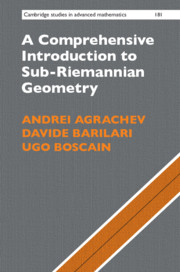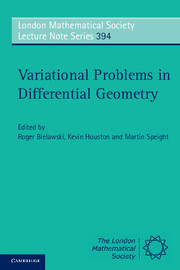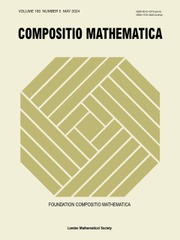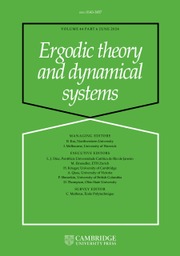Sub-Riemannian Geometry
Sub-Riemannian manifolds are manifolds with the Heisenberg principle built in. This comprehensive text and reference begins by introducing the theory of sub-Riemannian manifolds using a variational approach in which all properties are obtained from minimum principles, a robust method that is novel in this context. The authors then present examples and applications, showing how Heisenberg manifolds (step 2 sub-Riemannian manifolds) might in the future play a role in quantum mechanics similar to the role played by the Riemannian manifolds in classical mechanics. Sub-Riemannian Geometry: General Theory and Examples is the perfect resource for graduate students and researchers in pure and applied mathematics, theoretical physics, control theory, and thermodynamics interested in the most recent developments in sub-Riemannian geometry.
- Useful to both pure and applied mathematicians as well as theoretical physicists
- Discusses the most recent development in sub-Riemannian geometry
- Provides the theoretical tools to understand material with plenty of examples
Reviews & endorsements
'… the authors give many interesting examples and applications … this book will pose a good help to researchers and graduate students.' Zentralblatt MATH
Product details
June 2013Adobe eBook Reader
9781107109582
0 pages
0kg
52 b/w illus.
This ISBN is for an eBook version which is distributed on our behalf by a third party.
Table of Contents
- Part I. General Theory:
- 1. Introductory chapter
- 2. Basic properties
- 3. Horizontal connectivity
- 4. Hamilton-Jacobi theory
- 5. Hamiltonian formalism
- 6. Lagrangian formalism
- 7. Connections on sub-Riemannian manifolds
- 8. Gauss' theory of sub-Riemannian manifolds
- Part II. Examples and Applications:
- 9. Heisenberg manifolds
- 10. Examples of Heisenberg manifolds
- 11. Grushin manifolds
- 12. Hormander manifolds
- Appendix A: local non-solvability
- Appendix B: fibre bundles.

